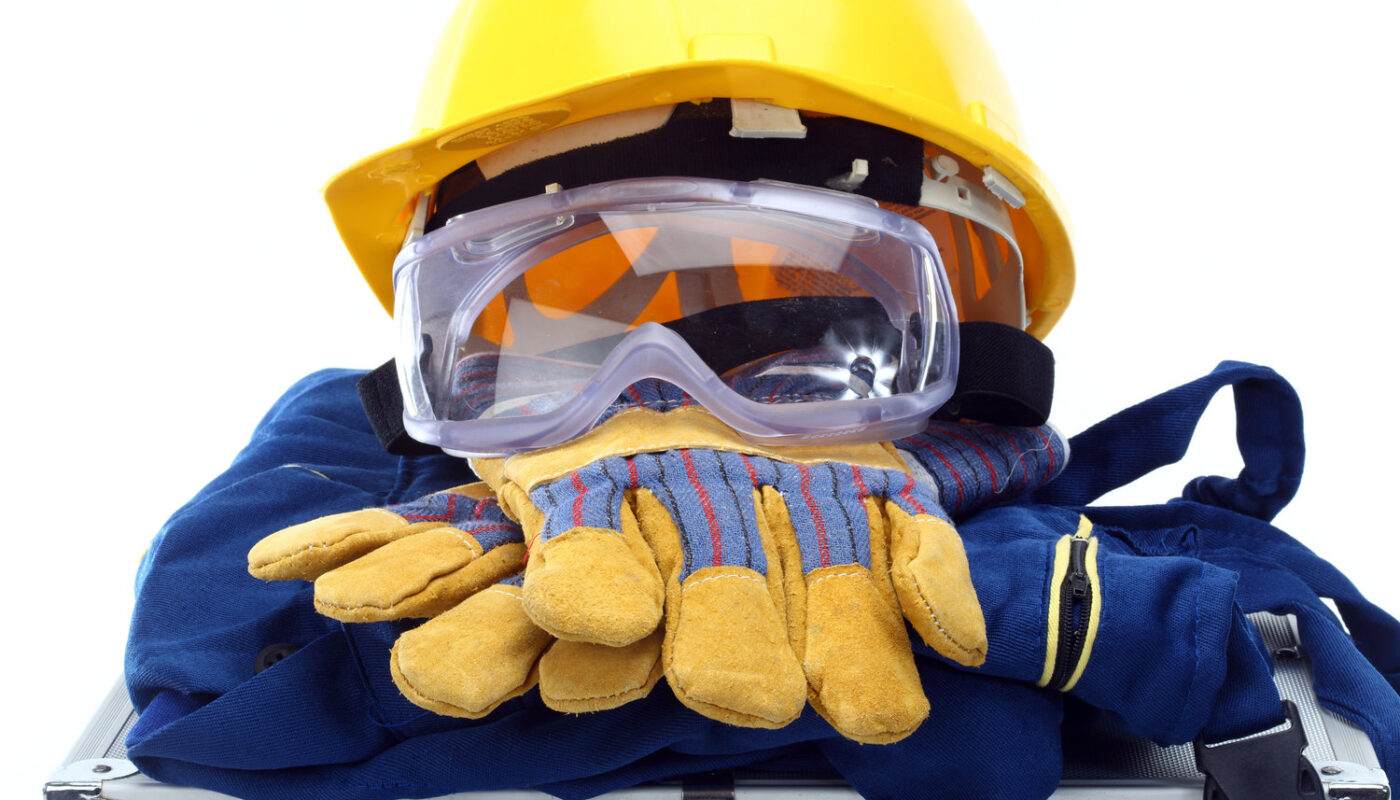Personal protective equipment, commonly known as PPE, refers to protective clothing, helmets, gloves, face shields, goggles or other garments or equipment designed to protect the wearer’s body from injury or infection. PPE is essential for protecting workers from a variety of hazards like dangerous chemicals, falling or flying debris, electrical hazards, heat, vehicles and other threats that could cause serious injuries. This article discusses the important role that PPE plays in protecting workers in many industries and environments.
The Importance of PPE in the Workplace
PPE has become an integral part of health and safety practices in workplaces across all industries from manufacturing and construction to healthcare and emergency response. Use of appropriate PPE helps shield workers from potentially dangerous exposures that could otherwise pose serious threats to their health, safety and well-being. According to the Occupational Safety and Health Administration (OSHA), hundreds of thousands of occupational injuries and illnesses each year may be linked to the lack of proper protective equipment.
Personal Protective Equipment plays a vital role in lowering the risks of workplace injuries and fatalities. For example, protective gloves help prevent cuts and lacerations while dealing with sharp objects. Eye protection like safety glasses and face shields shield workers from flying debris or chemicals. Proper fall protection gear like body harnesses and life lines can prevent serious injuries and deaths from falls at construction sites. High-visibility vests and clothing make workers in transportation or roadside work more visible and reduce risks from moving vehicles. Respirators protect workers from breathing in harmful dusts, fumes and vapors. Personal flotation devices keep workers afloat in water-related tasks.
Implementing Personal protective equipment Programs and Training
Despite its crucial importance, Personal protective equipment alone does not guarantee safety if not used properly. Employers must implement comprehensive Personal protective equipment programs that include hazard assessments to determine necessary Personal protective equipment, equipment selection based on those hazards, proper fitting, maintenance and replacement procedures, hygiene practices and training. Training workers on Personal protective equipment is critical because when equipment like respirators or fall protection gear are not used or maintained correctly, it can create a false sense of security and lead to injuries.
Effective PPE training programs cover topics like when PPE is necessary, what PPE is required for specific tasks, proper donning and doffing techniques, care and useful life. Workers must understand all safety data sheets for chemicals they may be exposed to and the necessary level of respirator or other protective equipment required. Hands-on training helps ensure PPE fits right and workers understand maintenance activities. Refresher sessions promote safe work practices and address any issues. Such training empowers workers to properly utilize PPE and look out for their own safety and that of their co-workers.
Selecting Appropriate PPE
For PPE to be effective, employers must select equipment suitable for the particular hazards identified. This may involve:
– Head Protection: Hard hats protect workers at construction sites from impact and penetration hazards from falling/flying debris.
– Eye and Face Protection: Safety glasses, goggles, face shields help prevent eye injuries from particles or chemicals. Welding shields protect from intense light.
– Hearing Protection: Earmuffs or earplugs prevent noise-induced hearing loss in loud manufacturing or industrial environments.
– Hand Protection: Gloves protect hands from cuts, burns, chemicals, vibration. different glove materials are suited for various exposures.
– Foot Protection: Steel-toe boots shield feet from heavy falling objects, compression hazards. Slip-resistant and static-dissipative shoes reduce other risks.
– Fall Protection: Full-body harnesses, lanyards, and lifelines securely tie workers to stable anchor points to prevent falls from heights.
– Respiratory Protection: Appropriate respirator depending on toxic gases, vapors, dusts, fumes, smoke, mists or lack of oxygen.
Proper selection and periodic replacement are critical to ensure PPE remains effective over its usable lifetime. Factors like occupational hazards, contaminants, environmental conditions, sizing and fit help determine suitable PPE models, styles for the job.
Benefits of Employing PPE Programs
Along with fortifying worker safety, well-implemented PPE programs offer various other benefits to businesses:
– Regulatory Compliance: Proper PPE prevents violations of occupational safety standards which can otherwise result in fines and penalties from OSHA or state regulatory bodies.
– Reduced Injuries and Insurance Costs: Fewer injuries mean lower worker compensation claims and insurance premiums for employers. Lost work time also diminishes.
– Improved Employee Retention: Workers feel their health and safety are prioritized. This boosts loyalty, morale and reduces turnover.
– Higher Productivity: Workers unhindered by occupational injuries, illnesses or distractions perform tasks more efficiently and produce better quality output.
– Positive Public Image: Responsible PPE practices project an organization’s commitment to occupational safety which enhances community and customer relations.
– Competitive Advantage: Proactive safety culture including PPE programs differentiates an employer as a desirable place to work compared to competitors.
In today’s working environments, careful PPE selection, training, use and maintenance form the backbone of any strong occupational safety and health initiative. When implemented properly through comprehensive programs, PPE successfully mitigates risks, protects lives and livelihoods, ensures regulatory adherence and boosts productivity for businesses. With continued diligence, PPE practices will remain instrumental in safeguarding workers across all industries in the years ahead.




